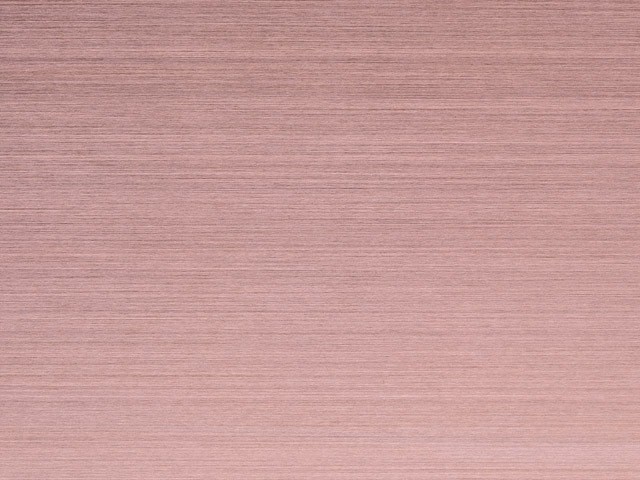Sheet metals play an important role in the industrial scene. Not only is it versatile and flexible, it can also be functional and artistic. Essentially, these are metals turned into flat and thin pieces through pressing or rolling.
Working with big chunks of metal is time-consuming. Once they are melted and mixed, however, they become easier to work with. They can be bent, folded, sliced, and cut like paper. It’s not just the variety of things you can do with it that you can enjoy, but also the durability and other useful properties of the materials that these sheets are made from.
To make the most out of these metal sheets and find the right type for your project, first you have to know the different types of metal sheet available and their applications.
Copper Plate – This type of metal sheet is most popular for its ability to conduct electricity. Copper plate sheets usually have surfaces treated with chrome or nickel painting. It can also come with or without any finish; your choice will affect the cost.
Aluminum Plate – This kind of sheet usually comes treated with a variety of elements, like chromate, either conductive anodizing or chemical anodizing, or silver or nickel plating.
Aluminum Extrusion – An aluminum extrusion can feature a similar surface treatment as with an aluminum plate. It can also be mostly found in various pieces of electronic equipment.
Stainless Steel – These sheets are the most no-frills among all metal sheets because they do not require surface treatment. Because of the purity of stainless steel, it can cost a bit more than other materials.
Perforated Sheet Metal – A perforated sheet can be composed of any type of sheet metal, whether it be steel or bronze. The difference here is that you can expect the sheet to have holes in it, also in different forms and sizes. These perforations may also follow a certain pattern or symmetry. Some sheets already come with decorative patterns so that all you need to do is to cut according to your desired size and section before applying.
Steel Plate Cold-Rolled (SPCC) – Sheets like this generally come at a thickness of 3.2mm, and nothing more. It’s great for painting or electro=pleating, and is considered to be very easy to work with because of its thinness.
Hot Rolled Steel (SHCC) – This even comes at a much thinner sheet than the SPCC at 3.00mm. If you’re looking to use something for flat sections, this is an ideal choice, also because it’s not as flexible as the others.
Electro or Galvanized Steel – There are two subtypes for this kind of sheet: SECC and SGCC. The SECC has the N and P type, and does not need any surface treatment. The SGCC type, meanwhile, is used mostly for spraying parts.
General Uses of Sheets
Sheet metals have a wide variety of applications, from cars and trucks to buildings and other construction needs. Furniture and tools, as well as artwork, can all use any of these kinds of metal sheets.
If you’re looking to create decorative and aesthetic pieces using this type of material, you can turn to aluminum, brass, steel, tin, copper, or even titanium to give you the properties and features you need. You can further elevate it by using silver, gold, or platinum, too.
Most certainly, it can be intimidating and daunting for a beginner, but with the right guidance, preferably from trusted sheet metal suppliers like Rotax Metals, you should be able to make the right choice for your project.
Sources:
Types of Metal Sheets. ItStillRuns.com.
7 Kinds of the Most Used “Sheets” in Sheet Metal Fabrication. LinkedIn.com.


